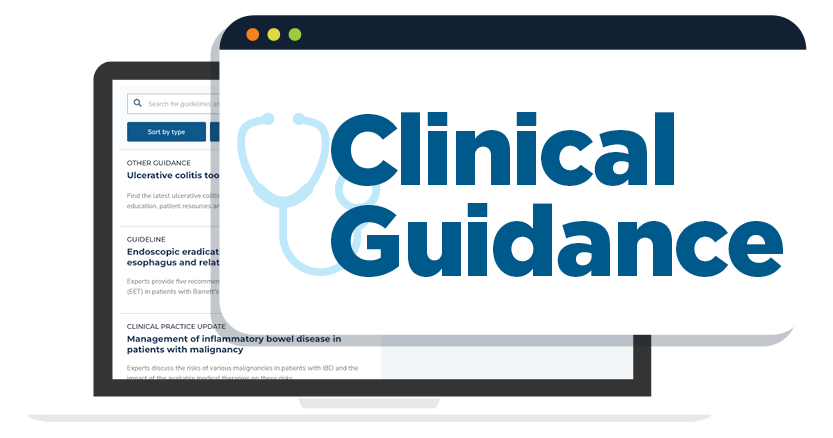1. In Barrett’s esophagus (BE) patients with confirmed low-grade dysplasia, a repeat examination with high-definition white-light endoscopy should be performed within 3-6 months to rule out the presence of a visible lesion, which should prompt endoscopic resection.
2. Both Barrett’s endoscopic therapy (BET) and continued surveillance are reasonable options for the management of BE patients with confirmed and persistent low-grade dysplasia.
3. BET is the preferred treatment for BE patients with high-grade dysplasia (HGD).
4. BET should be preferred over esophagectomy for BE patients with intramucosal esophageal adenocarcinoma (T1a).
5. BET is a reasonable alternative to esophagectomy in patients with submucosal esophageal adenocarcinoma (T1b) with low-risk features (<500-μm invasion in the submucosa [sm1], good to moderate differentiation, and no lymphatic invasion) especially in those who are poor surgical candidates.
6. In all patients undergoing BET, mucosal ablation should be applied to 1. all visible esophageal columnar mucosa; 2. 5–10 mm proximal to the squamocolumnar junction and 3. 5–10 mm distal to the gastroesophageal junction, as demarcated by the top of the gastric folds (ie, gastric cardia) using focal ablation in a circumferential fashion.
7. Mucosal ablation therapy should only be performed in the presence of flat BE without signs of inflammation and in the absence of visible abnormalities.
8. BET should be performed by experts in high-volume centers that perform a minimum of 10 new cases annually.
9. BET should be continued until there is an absence of columnar epithelium in the tubular esophagus on high-definition white-light endoscopy and preferably optical chromoendoscopy. In case of complete endoscopic eradication, the neosquamous mucosa and the gastric cardia are sampled by four-quadrant biopsies.
10. If random biopsies obtained from the neosquamous epithelium demonstrate intestinal metaplasia/dysplasia or subsquamous intestinal metaplasia, a repeat endoscopy should be performed and visible islands or tongues should undergo targeted focal ablation.
11. Intestinal metaplasia of the gastric cardia (without residual columnar epithelium in the tubular esophagus) should not warrant additional ablation therapy.
12. When consenting patients for BET, the most common complication of therapy to be quoted is post-procedural stricture formation, occurring in about 6% of cases. Bleeding and perforation occur at rates <1%.
13. After complete eradication (endoscopic and histologic) of intestinal metaplasia has been achieved with BET, surveillance endoscopy with biopsies should be performed at the following intervals: for baseline diagnosis of HGD/esophageal adenocarcinoma: at 3, 6, and 12 months and annually thereafter; and baseline diagnosis of low-grade dysplasia: at 1 and 3 years.
14. Endoscopic surveillance post therapy should be performed with high-definition white-light endoscopy, including careful inspection of the neosquamous mucosal and retroflexed inspection of the gastric cardia.
15. The approach to recurrent disease is similar to that of the initial therapy; visible recurrent nodular lesions require endoscopic resection, whereas flat areas of columnar mucosa in the tubular esophagus can be treated with mucosal ablation.
16. Patients should be counseled on cancer risk in the absence of BET, as well as after BET, to allow for informed decision-making between the patient and the physician.












